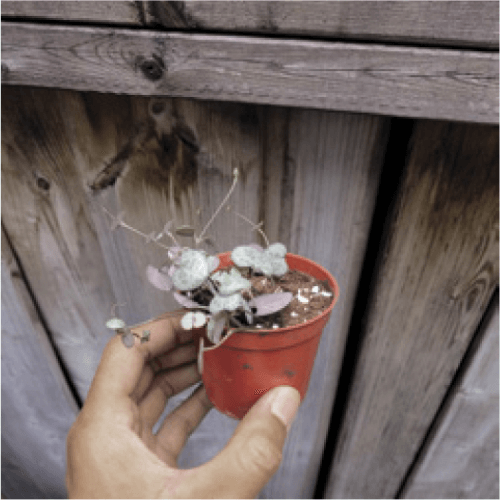[Ebook Việt Hóa] New Plant Parent - Darryl Cheng, Chi Ceropegia
[Ebook Việt Hoá] New Plant Parent (Darryl Cheng) – Phần 02 – String of Hearts (Chuỗi Tim, cây thuộc chi Đèn Chùm Ceropegia)
- Nguồn: [Ebook] New Plant Parent: Develop Your Green Thumb and Care for Your House-Plant Family – Darryl Cheng
- Biên tập: Dũng Cá Xinh (Tháng 01/2022)
- Dịch: Team Codai.net
English
String of Hearts
Sometimes, it can be hard to find a particular species of plant, since a nursery’s stock is always rotating. Fortunately, the Internet has made it easy to connect with plant lovers, who tend to be generous with cuttings. Sharing cuttings with your plant-friends is one of the joys of plant parenthood, but learning how to root and grow them is a test of your skill and patience—plus there’s the added pressure of not wanting to let your friends down! Here I’m going to explain how to root string of hearts (Ceropegia woodii), a vine that I wanted badly and finally got via a few cuttings.
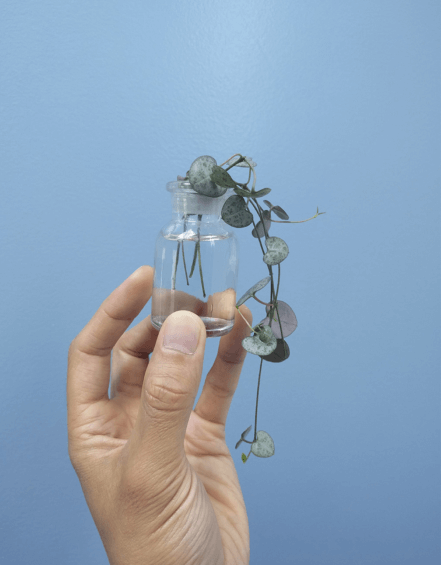
Survival strategy
In daily highs of 200 foot-candles, a string of hearts will survive, but over time, the pattern on its leaves will fade and the distance between leaf sets will increase such that the overall plant begins to feel sparse. You can bring the soil to saturation when it becomes completely dry.
Growth strategy
When the string of hearts can see an hour or two of direct sun, with indirect light at 400–800 foot-candles at other times of the day, the vines will grow nicely, showing strong variegation. As you aerate the soil before watering, take care when probing, as the string of hearts forms thick tubers. Give the soil a good soaking each time it becomes completely dry. When you see active growth, you can fertilize with a balanced fertilizer as directed.
Subjective life span
With a string of hearts, you can be forever propagating and sharing with friends, or carefully managing a long chain for many years. You’ll enjoy this plant at any length!
Propagating String of Hearts
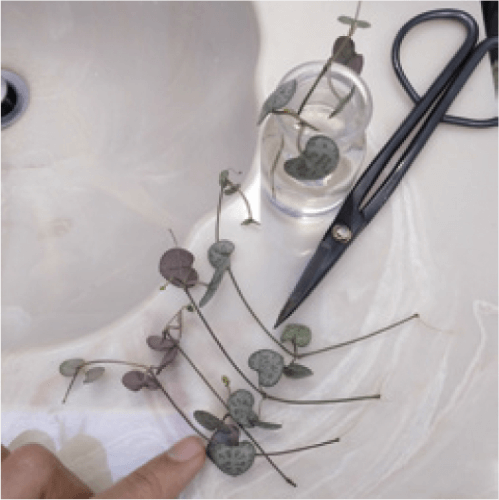
Day 1
I prepared these cuttings for rooting by snipping them off just above the node, and they rooted. A more foolproof approach would have been to clip them below the node, removing the leaves that will be submerged in the water. Remember this, because it works for just about any vine-type plant: pothos, philodendron, monstera, ivy, and so forth. Don’t be scared—just try it!
Stick the cuttings in water, and make sure the container isn’t in direct sun. When each cutting has developed white root tissue, you can transplant. You probably won’t have to wait more than four weeks. Leaving the rooted cuttings in water allows you to procrastinate . . . or, rather, wait until you have some time to transplant them.
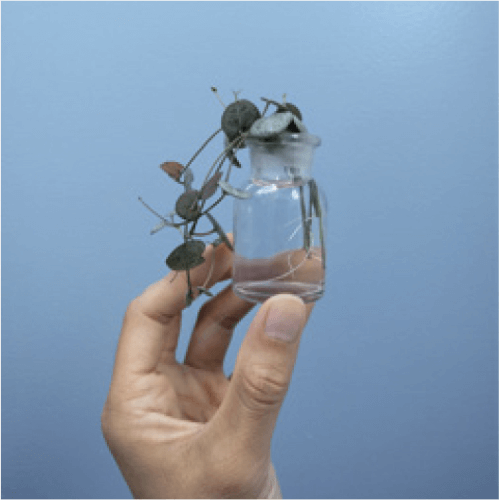
Use the smallest plastic nursery pot with drainage holes that you have and any light, well-draining soil. I used peat with perlite. Fill the pot with the potting mix and gently tamp it down so it holds the cuttings in place until they take root. I like to group the stems into bundles and space them evenly, using a chopstick as a dibber—that’s just a pointed stick to make holes with. The cuttings should stay put because you left the root side as long as possible.
Why not just bunch them all together and stick that in the soil? That would be too crowded. Why not stick them in individually? Nobody has time for that! Once you have the cuttings in place, water the soil thoroughly but gently—this is where a soft-rain attachment on your watering can is an asset.

2 months in soil
The plant got to enjoy bright indirect light beside an east-facing window. I measured 300 foot-candles at the brightest point of the day. In terms of watering, this is an “allow soil the dry out between waterings” type of plant.
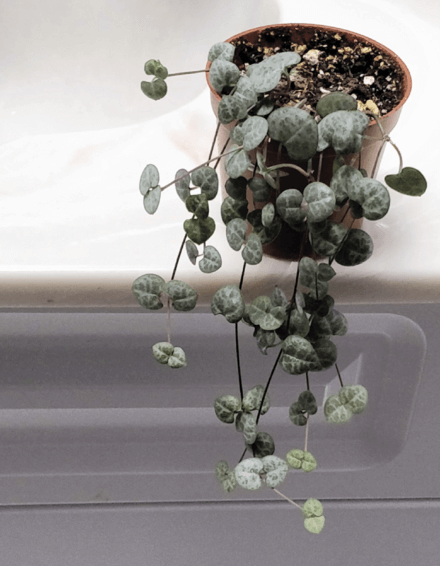
Tiếng Việt
Đang cập nhật
![[Ebook Việt Hoá] New Plant Parent (Darryl Cheng) – Phần 02 – String of Hearts (Chuỗi Tim, cây thuộc chi Đèn Chùm Ceropegia) [Ebook Việt Hoá] New Plant Parent (Darryl Cheng) – Phần 02 – String of Hearts (Chuỗi Tim, cây thuộc chi Đèn Chùm Ceropegia)](https://vn1.vdrive.vn/codai.net/2021/02/29-string-of-hearts.jpg)
